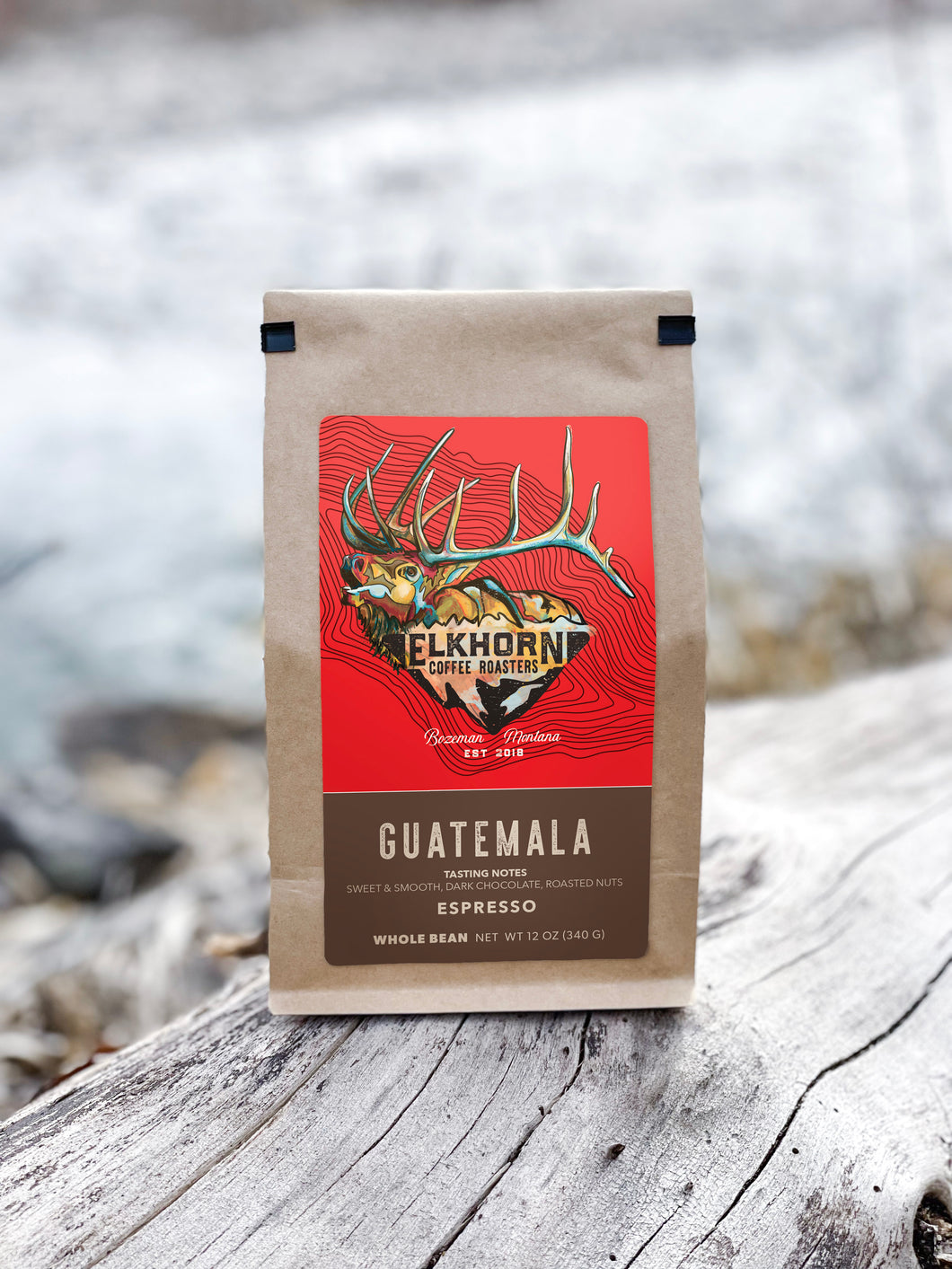Top Spots Serving SOE Single Origin Espresso Near You
Wiki Article
Exploring the Rich Flavors of Coffee Beans: a Deep Study Espresso and Blended Coffee Beans
When you explore the rich flavors of coffee beans, you uncover a complicated world where each range brings its very own character to your mug. As you navigate via the art of coffee and the creative thinking behind combined coffees, you'll begin to value the subtleties that make each sip distinct.The Origins of Coffee Beans: Checking Out Terroir and Flavor Profiles
When you take a sip of coffee, you're not simply appreciating a drink; you're experiencing an abundant tapestry of flavors shaped by the beans' origins. Each region produces distinct taste accounts influenced by climate, elevation, and dirt. For example, beans from Ethiopia often rupture with brilliant, fruity notes, while those from Colombia have a tendency to use a balanced, nutty sweet taste.As you discover various beginnings, you'll see exactly how terroir-- the environmental aspects affecting a plant-- plays a crucial duty - Single Origin Espresso. The exact same coffee variety can taste drastically different relying on where it's grown
When you take into consideration these variables, you start to appreciate the complexity behind your mug. Each sip narrates of the land and the farmers that nurtured the beans. So, following time you indulge, consider the journey your coffee took before it reached your hands, and relish those elaborate flavors that mirror its beginning.
Recognizing Espresso: The Art and Science Behind the Brew
When you assume concerning coffee, it's not simply regarding the solid flavor; it's likewise concerning the methods that bring it to life. Understanding exactly how various preparation methods effect preference can change your developing experience. Let's check out the details of coffee prep work and discover the special flavor accounts that make each cup special.Espresso Prep Work Strategies
Coffee preparation is both an art and a scientific research, combining exact methods with a deep understanding of coffee. To start, you'll intend to select top notch, fresh roasted beans and grind them carefully for perfect removal (Single Origin Espresso). The grind size is important; too coarse, and your espresso will certainly be weak, as well great, and it'll be bitterFollowing, tamp the grounds uniformly in the portafilter to assure consistent extraction. When you secure it into the machine, aim for a developing temperature between 190 ° F and 205 ° F.As you pull the shot, expect the ideal removal time-- around 25-30 seconds. The outcome ought to be an abundant, luscious espresso with a lovely layer of crema on the top. With practice, you'll understand these strategies.
Flavor Profiles Described
The world of coffee provides an abundant tapestry of flavor accounts that can raise your coffee experience. You'll observe an equilibrium of level of acidity, resentment, and sweetness when you take that very first sip. Each espresso bean carries special notes, from fruity and floral to nutty and chocolaty. Light roasts usually display bright level of acidity and vivid flavors, while dark roasts present much deeper, bolder tones.A well-crafted mix could balance the brilliant notes of an Ethiopian bean with the abundant, chocolatey undertones of a Brazilian bean. Welcome the trip of discovering espresso's diverse flavors, and you'll transform your coffee ritual into an interesting journey.
Handling Techniques: Just How They Impact Taste and Scent
While it may appear that the beginning of coffee beans is one of the most substantial variable in identifying their flavor and fragrance, the processing techniques utilized post-harvest play a similarly vital function. You'll find that these methods can substantially change the final taste profile of your mug.As an example, the washed process gets rid of the fruit from the beans before fermentation, commonly leading to a cleaner, brighter taste. On the other hand, the natural procedure leaves the fruit intact during drying out, resulting in a sweeter, fruitier account.
Other methods, like honey processing, strike an equilibrium, permitting some fruit mucilage to continue to be, giving an unique intricacy.
Each handling strategy communicates with the beans' integral characteristics, boosting or muting particular flavors and scents. So, when you sip that coffee or mixed coffee, bear in mind that the journey from cherry to cup is affected not just by beginning but likewise by just how those beans were refined.
Toasting Strategies: Opening the Full Possible of Coffee Beans
Roasting techniques are vital for exposing the complete capacity of coffee beans, as they transform raw, environment-friendly beans right into the aromatic, tasty coffee you appreciate. The selection of roasting method-- light, tool, or dark-- considerably influences taste profiles.A slower roast at reduced temperature levels allows for complicated tastes to establish, while a quicker roast can escalate bitterness. By grasping these methods, you'll expose a globe of taste, boosting your coffee experience to new heights.
The Magic of Blended Coffee: Developing One-of-a-kind Taste Experiences
Creating a distinct taste experience with mixed coffee can transform your morning ritual right into an expedition of taste. By combining different beans from numerous regions, you can reveal a symphony of tastes that boost your cup to new elevations. Each blend deals a distinctive profile, balancing body, level of acidity, and sweet taste to produce something genuinely unique.When you select a blend, you're not just selecting a coffee; you're selecting a trip throughout diverse landscapes and societies. Try out various combinations permits you to discover your personal faves, whether you delight in fruity notes or rich, chocolatey undertones.

Sampling Notes: Acknowledging the Subtleties in Your Mug
As you sip your coffee, you might observe a range of flavors dancing on your taste buds, each exposing the intricacies of the beans. You may taste the intense acidity similar to citrus or the deep, abundant notes comparable to dark delicious chocolate. The sweetness might stimulate honey or sugar, stabilizing the total profile wonderfully.Focus on the body of the coffee-- does it feel ventilated and light, or is it full and velvety? The coating, also, provides ideas; a sticking around aftertaste might mean nuttiness or floral undertones.

Do not fail to remember to discover the unique attributes of various beginnings, as each region passes on unique flavors - Single Origin Espresso. For circumstances, Ethiopian coffees often present fruity notes, while Colombian beans could showcase a much more rounded sweetness. By recognizing these nuances, you'll strengthen your admiration for each mug, boosting your coffee experience to new elevations

Developing Techniques: Maximizing Flavor Extraction for each Bean
When you explore the different developing methods, you'll discover that each strategy can significantly impact the flavor profile of your coffee. From French press to pour-over, each technique essences different compounds, enhancing or muting certain notes. As an example, using a French press allows oils to stay in the mixture, developing a richer preference, while pour-over emphasizes clarity and illumination.Temperature level and grind size also play essential roles. A coarser grind functions best for cold brews, while a fine work is ideal for espresso. Experimenting with water temperature level-- between 195 ° F and 205 ° F-- can reveal concealed tastes, also.
Don't ignore steeping time; a quick extraction can lead to sour notes, while over-extraction might yield anger. By readjusting these variables, you can take full advantage of flavor removal and really raise your coffee experience. Take pleasure in the trip of finding what technique best suits your taste buds!
Frequently Asked Questions
What Is the Perfect Water Temperature for Brewing Coffee?
The ideal water temperature level for developing coffee's in between 195 ° F and 205 ° F. If you make use of water that's as well warm, you'll over-extract flavors; as well cold, and you will not remove sufficient. Aim for that pleasant spot for the best mixture!Just How Does Grind Dimension Influence Coffee Taste?
Grind size substantially influences coffee taste. Better grinds extract extra flavors and oils, leading to a bolder taste, while coarser grinds return a lighter flavor. Adjusting work dimension helps you achieve your preferred coffee profile.Exist Health Benefits Related To Drinking Coffee?

What Is the Difference In Between Arabica and Robusta Beans?
Arabica beans are smoother and sweeter, often featuring fruity tastes, while robusta beans are stronger with a bitter preference and higher caffeine material. You'll notice these differences in fragrance and developing experience.Exactly How Can I Store Coffee Beans for Quality?
To keep coffee beans for quality, keep them in an impermeable container, away from warmth, light, and moisture. If you just grind what you need right before developing., you'll maintain their flavor much longer.Discovering the Rich Tastes of Coffee Beans: a Deep Dive Into Coffee and Blended Coffee Beans.
When you discover the abundant tastes of coffee beans, you uncover a complex globe where each range brings its very own personality to your mug.When you take a sip of coffee, you're not simply delighting in a beverage; you're experiencing a rich tapestry of tastes shaped by the beans' origins.Roasting strategies are crucial for disclosing the full possibility of coffee beans, as they transform raw, environment-friendly beans into the aromatic, delicious coffee you enjoy.As you drink your coffee, you might observe a spectrum of flavors dancing on your taste buds, each revealing the ins and outs of the beans.
Report this wiki page